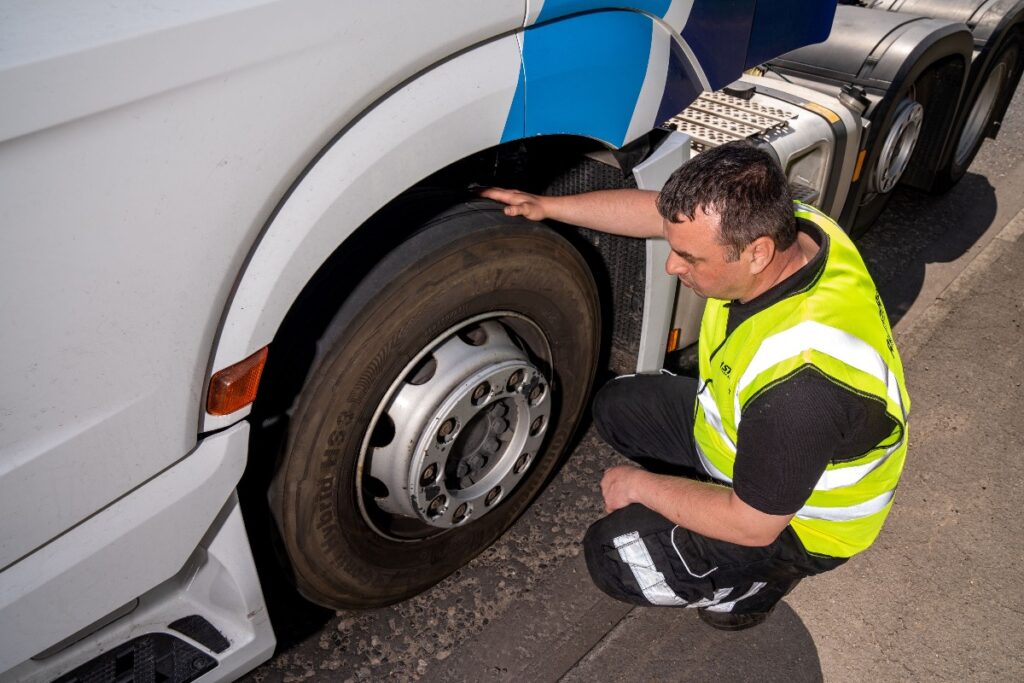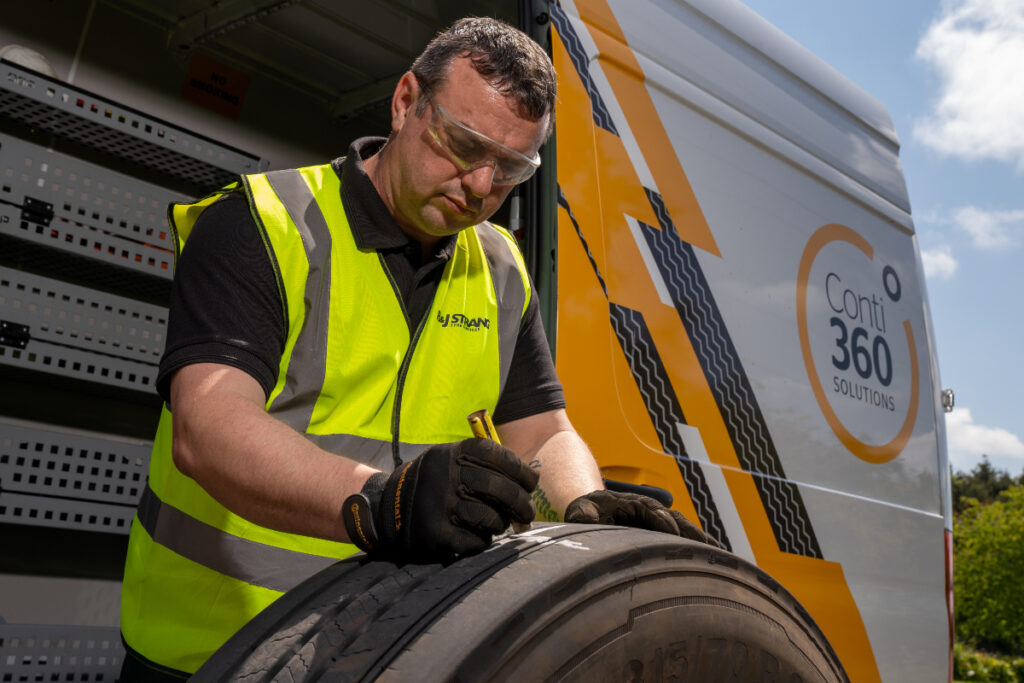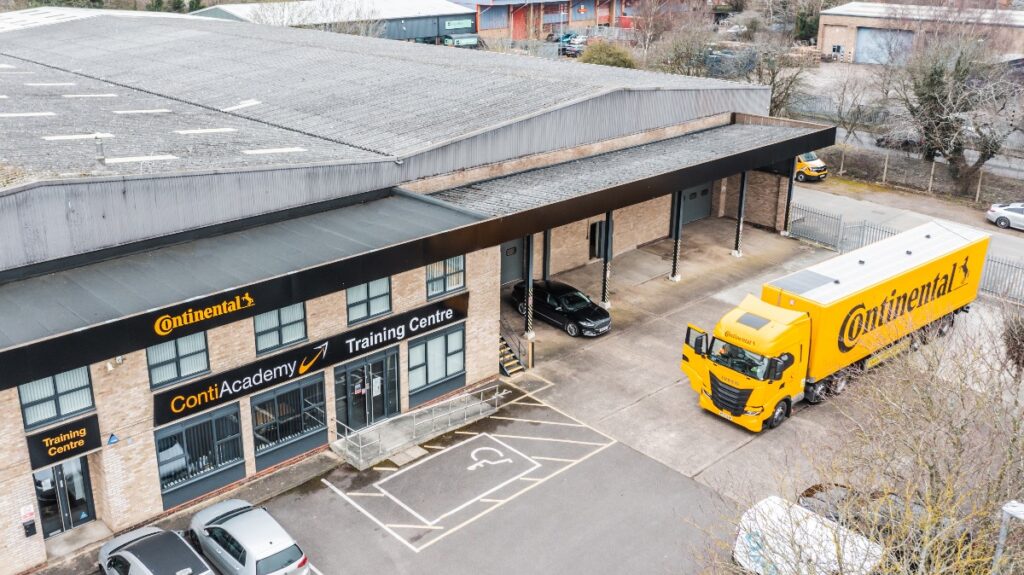Inflation and zipper failures can present a huge risk to tyre technicians, drivers and other road users. A high-speed tyre blowout is arguably one of the most dangerous situations a truck driver can face on the road, according to Continental Tyres.

Longstanding Continental customer, G. Webb, like many operators, has had the misfortune of experiencing a tyre blowout first-hand.
“A tyre blowout is no laughing matter. I would safely say that they’re one of the worst things, short of a collision, for truck drivers to experience, given their unprecedented nature and shocking consequences. Drivers pride themselves on their exceptional vehicle control and awareness, so it can be unnerving when blowouts do happen. For this reason, it’s our collective duty to do everything they can to mitigate them.”
said Paul Broker, Fleet Engineering Director at G. Webb.
Earlier in the year, Continental unveiled a series of five tyre safety and advice videos for technicians, drivers and business owners looking to gain knowledge of key maintenance topics, such as inflation and zipper failures.
Given their potential severity, Continental has addressed some of the most commonly asked questions surrounding inflation and zipper failures.
How do zipper failures occur?
Zipper failures occur when the tyre’s internal structure fails. These failures can therefore result from the tyre running without enough air in it. As truck tyres flex up to 450 times a minute when driving, maintaining correct tyre pressures is a crucial step operators can take to reduce the risk of zipper failures.
Though it can easily be overlooked, failure to ensure the correct tyre pressures on all tyres also poses a major safety risk, as it can reduce manoeuvrability and control, and increase braking distances on the road. Underinflated tyres can significantly increase fuel consumption and decrease the tyre’s service life.

What are the warning signs of a zipper failure?
Typically, a tyre that’s about to suffer a ruptured sidewall will make a distinctive creaking or popping noise. When inflating a tyre, it’s important to check for excessive flex in its sidewall and ensure that air is topped up accurately, by using a pressure gauge.
If the tyre is underinflated, try to determine the cause. Quite often, underinflation is caused by slow leaks or a faulty valve. After checking pressure levels, if the tyre is found to be more than 20% below the recommended pressure, it must be considered flat. At this point, it must be removed and checked by a qualified technician. It’s never safe to reinflate a completely flat tyre.
When should tyres be repaired or replaced?
In instances where tyres need to be repaired or replaced, there are specific procedures that must be followed to ensure safety and optimal performance. For example, if the tyre needs repairing, the technician must check that the tyre can still be used. If a repair is viable, the tyre must be reinflated within a certified inflation cage. But if there’s any doubt, the tyre should be replaced.
Is there anything else to be aware of?
Before setting off, it’s vital to check each tyre on the vehicle – including the twinned tyre. This is because zipper failures often occur on the inner twin tyre, either on the drive or trailer axle. It’s often the case that the valve extensions have become detached, meaning that the inner tyre’s pressure isn’t checked.
It’s equally as important to inspect the valve, too, as valve stems can crack and leak. Similarly, valve cores can leak if they’re held open by dirt or ice. To help prevent damage to the valves, a good quality valve cap is a must-have.



 Copyright 2017-2023 All rights reserved.
Copyright 2017-2023 All rights reserved.